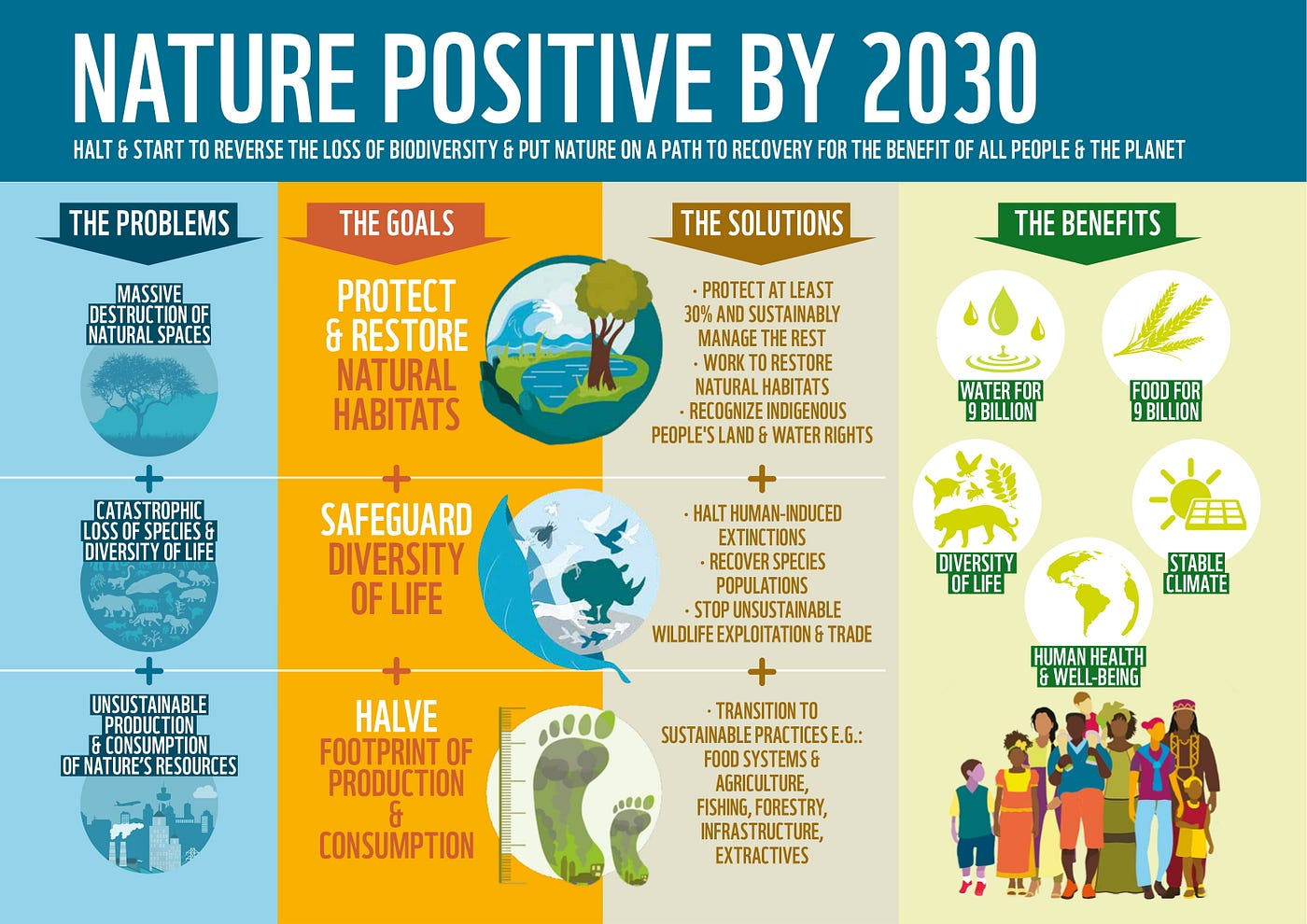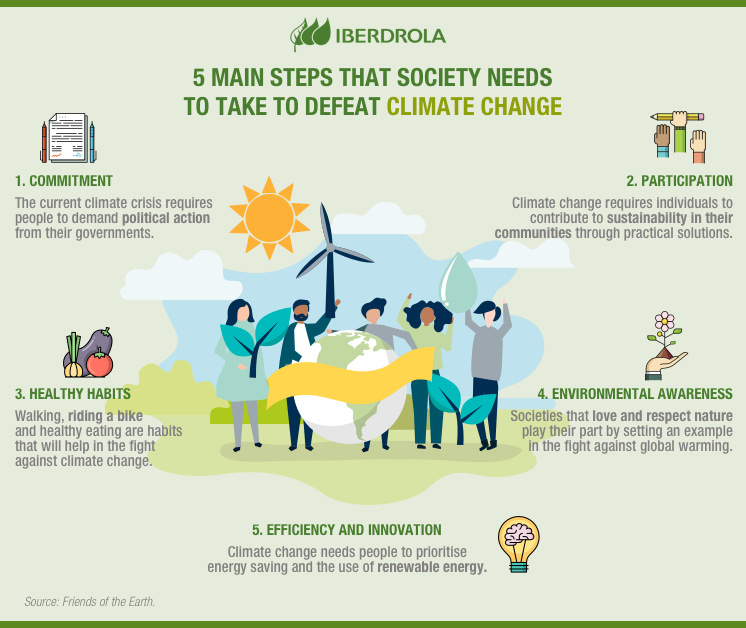Q. Write a note
on the significance of conservation of Environment.
The
Significance of Environmental Conservation
Environmental conservation refers to the responsible
management and preservation of the natural environment to ensure its
sustainability for future generations. It involves practices that help protect
ecosystems, biodiversity, and natural resources such as water, air, and soil
from degradation and exploitation. The importance of environmental conservation
cannot be overstated, as the planet’s ecosystems provide essential services
that support life, regulate climate, purify water, and maintain the balance of
natural systems. In recent decades, the growing awareness of environmental
degradation, such as pollution, deforestation, and climate change, has
highlighted the urgency of preserving our natural resources. The following
sections will explore the various aspects of environmental conservation,
including its significance for human survival, biodiversity, climate regulation,
and sustainable development.
1. Ensuring
Human Survival and Well-being
The primary reason for environmental conservation is
its direct connection to human survival and well-being. Humans rely on a stable
and healthy environment to provide essential resources such as food, water,
air, and raw materials for energy, shelter, and industry. Over the past
century, human activities such as industrialization, urbanization, and
deforestation have placed enormous pressure on the planet's ecosystems. As a result,
the quality of air, water, and soil has deteriorated, and natural resources are
being depleted at an unsustainable rate. The conservation of the environment
helps mitigate these impacts by ensuring that ecosystems continue to provide
vital resources for human survival.
·
Air quality: The increasing levels of pollution in the atmosphere, particularly
from industrial emissions, vehicle exhaust, and deforestation, have contributed
to air pollution and global warming. By conserving the environment, we can
reduce harmful emissions, improve air quality, and mitigate the impacts of
climate change.
·
Water resources: Water is essential for drinking, irrigation, sanitation, and
industrial activities. However, the contamination and depletion of freshwater
resources due to pollution, over-extraction, and mismanagement threaten access
to clean water. Conservation practices like watershed management, pollution
control, and sustainable water usage can help ensure the availability of water
for human populations.
·
Soil fertility: Fertile soil is crucial for agricultural production, which feeds the
global population. Soil erosion, desertification, and chemical pollution from
agricultural practices can deplete soil fertility, leading to food insecurity.
Environmental conservation efforts such as sustainable agriculture,
reforestation, and soil management can help restore soil health and increase
agricultural productivity.
2. Protecting
Biodiversity
Biodiversity refers to the variety of life on Earth,
including species of plants, animals, fungi, and microorganisms. Biodiversity
is fundamental to the health of ecosystems, as each species plays a unique role
in maintaining ecological balance. The loss of biodiversity can lead to the
collapse of ecosystems and the disruption of natural processes. Environmental conservation
is essential for protecting biodiversity by safeguarding habitats, preserving
endangered species, and maintaining the genetic diversity of organisms.
·
Ecological stability: Biodiversity helps regulate ecosystems, from
pollination and seed dispersal to pest control and nutrient cycling. Loss of
species can lead to the breakdown of these functions, affecting food
production, water quality, and climate regulation.
·
Medicinal resources: Many plants and animals provide important medicinal
compounds used in the treatment of diseases. The extinction of species could
result in the loss of potentially life-saving substances, underscoring the
importance of conserving biodiversity for human health.
·
Cultural significance: Many communities around the world depend on local
biodiversity for their cultural practices, livelihoods, and traditional
knowledge systems. Conservation efforts can help preserve these vital
connections between people and the natural world.
3. Climate
Regulation and Mitigation of Climate Change
One of the most pressing challenges faced by humanity
today is climate change. The rise in global temperatures, extreme weather
events, and changes in precipitation patterns have profound effects on
ecosystems, agriculture, human health, and economies. Environmental
conservation plays a critical role in addressing climate change by protecting
carbon sinks, reducing greenhouse gas emissions, and promoting
climate-resilient practices.
·
Carbon sequestration: Forests, wetlands, and oceans are natural carbon sinks
that absorb carbon dioxide (CO2) from the atmosphere, helping to mitigate the
effects of climate change. Deforestation, habitat destruction, and pollution
reduce the capacity of these ecosystems to sequester carbon, contributing to
rising CO2 levels. Conservation efforts aimed at preserving and restoring
forests, wetlands, and marine ecosystems are crucial for maintaining carbon
sequestration and combating climate change.
·
Climate adaptation: Conservation efforts can also help communities adapt
to the impacts of climate change. For example, preserving wetlands can protect
coastal communities from flooding, while reforestation can help stabilize soils
and prevent landslides. Implementing sustainable land management practices,
such as agroforestry and conservation agriculture, can increase the resilience
of ecosystems to changing climate conditions.
·
Reducing emissions: By promoting renewable energy sources, reducing
waste, and improving energy efficiency, conservation initiatives can help
reduce the release of greenhouse gases into the atmosphere. Transitioning to
low-carbon economies and adopting sustainable practices in agriculture,
transportation, and industry are critical for mitigating the effects of climate
change.
4. Promoting
Sustainable Development
Environmental conservation is closely linked to the
concept of sustainable development, which seeks to meet the needs of the
present without compromising the ability of future generations to meet their
own needs. Sustainable development involves balancing economic, social, and
environmental objectives to ensure long-term prosperity and well-being for all.
Conservation practices that focus on the sustainable use of natural resources
are essential for achieving this balance.
·
Sustainable agriculture: Agricultural practices that prioritize soil health,
water conservation, and biodiversity preservation are key to sustainable food
production. Techniques such as crop rotation, organic farming, and agroecology
can improve food security while minimizing environmental harm.
·
Sustainable energy: The transition from fossil fuels to renewable energy
sources, such as solar, wind, and hydropower, is crucial for reducing
environmental degradation and ensuring energy security. Investing in
energy-efficient technologies and promoting clean energy alternatives can
reduce greenhouse gas emissions and mitigate the impacts of climate change.
·
Waste management: Proper waste management is essential for preventing
pollution and conserving resources. Recycling, reducing waste, and adopting
circular economy principles can minimize the environmental impact of waste and
reduce the need for resource extraction.
5. Ethical and
Intergenerational Responsibility
Environmental conservation is not only a practical
necessity but also an ethical imperative. The degradation of the environment
affects not only the present generation but also future generations. The
principle of intergenerational justice emphasizes the responsibility of current
generations to protect and preserve the environment for future generations.
Conservation efforts are a reflection of this ethical duty to ensure that
future generations inherit a planet capable of sustaining life.
·
Intergenerational equity: Environmental conservation is rooted in the idea of
intergenerational equity, which asserts that each generation has a
responsibility to pass on a healthy and thriving planet to its descendants.
This ethical responsibility calls for long-term thinking and planning in
policy-making, resource management, and environmental stewardship.
·
Respect for nature: Ethical considerations also emphasize the intrinsic
value of nature. The natural world, including animals, plants, and ecosystems,
has value beyond its utility to humans. Protecting the environment is an
expression of respect for the rights of other species and the
interconnectedness of all life forms.
6.
Environmental Conservation and Economic Opportunities
While some may perceive environmental conservation as
a hindrance to economic growth, it can also create significant economic opportunities.
Investing in conservation initiatives can generate employment, stimulate
innovation, and promote new industries that align with sustainability.
·
Green jobs:
The transition to a green economy can create millions of jobs in sectors such
as renewable energy, sustainable agriculture, waste management, and
conservation. These green jobs can support economic growth while promoting
environmental stewardship.
·
Eco-tourism: Eco-tourism is an emerging industry that promotes environmental
conservation while providing economic benefits to local communities. By
preserving natural habitats and biodiversity, eco-tourism can create
opportunities for local communities to benefit from tourism without
compromising the integrity of the environment.
·
Resource efficiency: Sustainable resource management can lead to greater
efficiency in the use of natural resources, reducing costs and enhancing
productivity. For example, water conservation, energy efficiency, and waste
reduction can result in significant savings for businesses and industries.
7. The Role of
Education and Public Awareness
Education and public awareness are crucial components
of environmental conservation. By informing individuals and communities about
the importance of environmental protection and sustainable practices, we can
foster a culture of conservation and encourage collective action.
·
Environmental education: Teaching people about environmental issues, such as
climate change, biodiversity loss, and pollution, can inspire them to adopt
sustainable lifestyles and support conservation policies. Environmental
education can be integrated into school curricula, community programs, and
media campaigns.
·
Public awareness campaigns: Governments, non-governmental organizations (NGOs),
and activists play a vital role in raising public awareness about environmental
issues and promoting conservation efforts. Media campaigns, documentaries, and
social media platforms can help spread the message about the importance of
protecting the environment.
8. Conclusion
The significance of environmental conservation is
immense, as it is directly linked to human survival, biodiversity preservation,
climate regulation, and the well-being of future generations. Environmental
degradation poses a threat to the planet's ecosystems, natural resources, and
human populations. Conservation efforts, including the protection of forests,
rivers, oceans, and wildlife, are essential for ensuring that the Earth remains
a livable and thriving habitat for all species. By adopting sustainable
practices, promoting environmental awareness, and embracing ethical
responsibility, we can safeguard the environment for future generations.
Environmental conservation is not just a necessity but a moral obligation to
protect the planet and its resources for the benefit of all life forms,
including humanity.










0 comments:
Note: Only a member of this blog may post a comment.